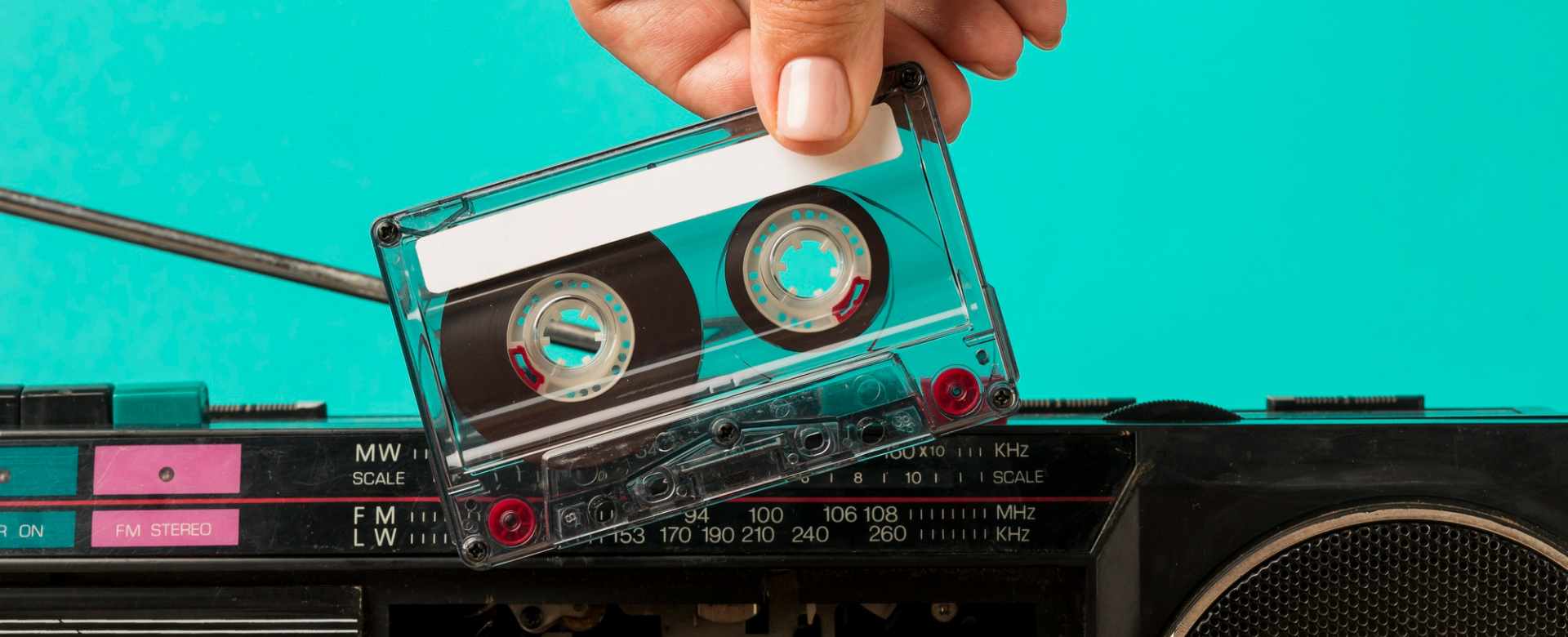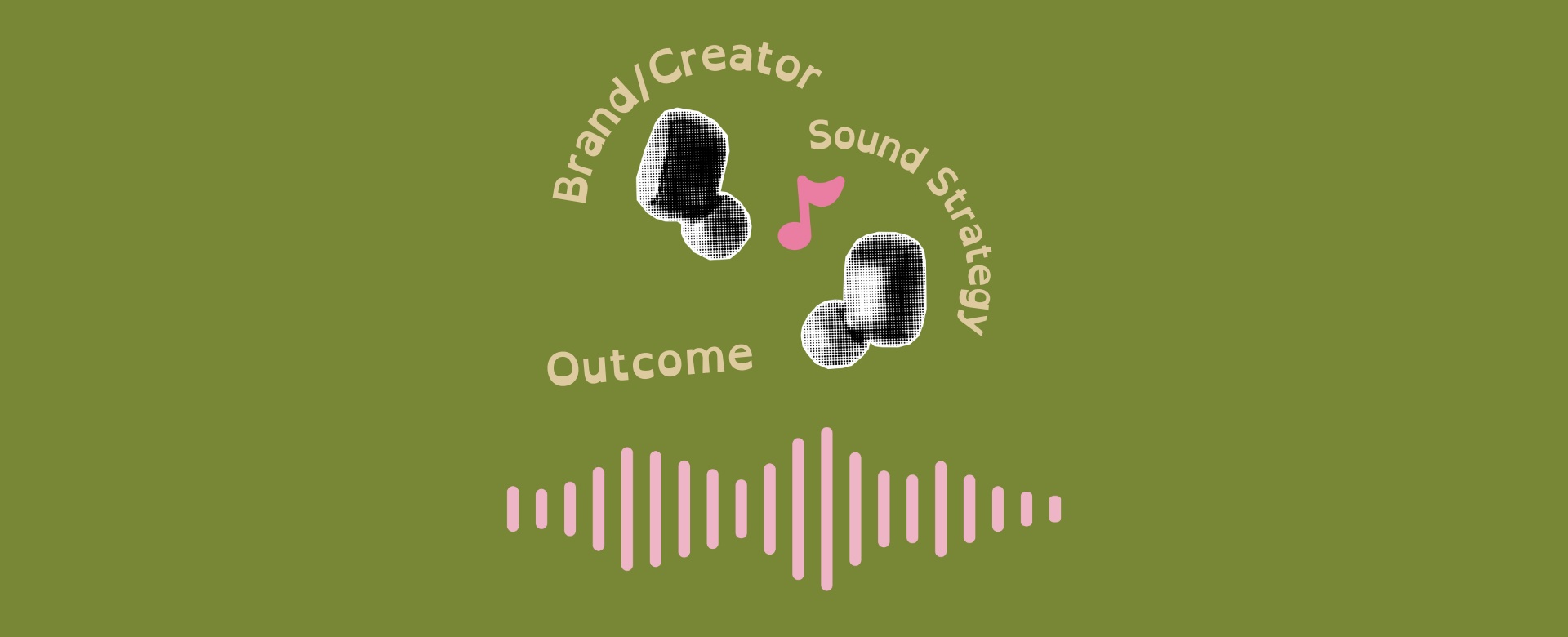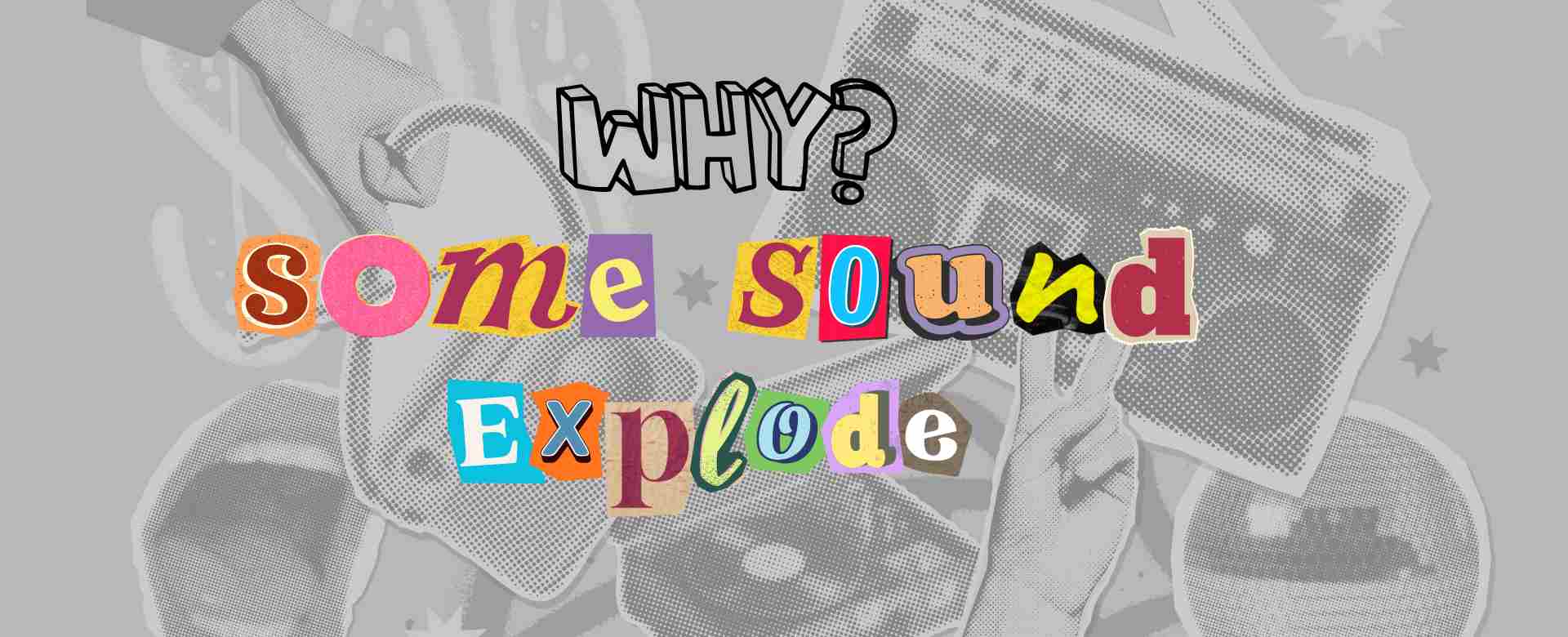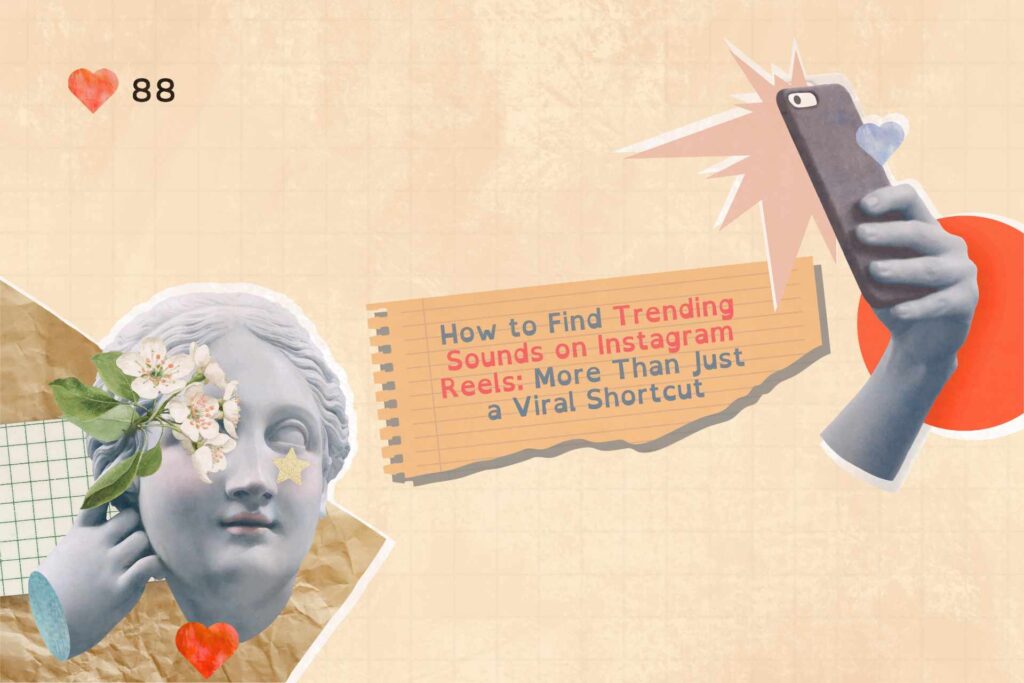Scroll through Instagram Reels for ten minutes, and you’ll notice something striking: the same five-second audio clip can appear on hundreds of videos, yet one version racks up millions of views while another languishes with barely a dozen likes.
Sound isn’t just an accessory anymore, it’s the pulse of the platform. The question isn’t just “how do I find trending sounds?” It’s “how do I understand what makes them resonate?” Because that understanding is what separates fleeting virality from lasting cultural relevance.
Here’s what most people miss: Instagram has shifted from a visual-first to a sound-first playground. In 2025, a compelling audio cue often dictates whether a Reel is discovered, shared, or remembered. The algorithm doesn’t just track what you watch, it tracks what you listen to, how long you linger, and how often you return to a particular sound. That five-second loop isn’t magic. It’s data, emotion, and habit fused into one potent signal.
Why Sound Commands Attention
| Factor | Why It Matters | Example |
| Nostalgia | Triggers instant recall and emotional connection | Early 2000s pop sound in Reels resonates with millennials |
| Repetition | Familiar sounds encourage sharing and remixing | TikTok-originated “It’s Corn” audio spread across Instagram |
| Relatability | Viewers see themselves in the scenario | “Work-from-home struggles” sound trend during 2025 |
Users might swipe past a visually stunning clip, but a catchy, familiar, or emotionally charged sound can pause that scroll mid-flow. For brands, whether you’re a digital marketing agency, a branding agency, or a social media marketing agency, understanding this dynamic is crucial. Sound isn’t just a trend, it’s a cultural lever that shapes perception, memory, and engagement.

The Smarter Ways to Spot Trending Sounds
It starts with listening, not just looking. Tools exist to surface trending audio, from Instagram’s “Use This Sound” prompts to social listening platforms. But here’s the nuance: trends aren’t random; they emerge at the intersection of relatability, humor, nostalgia, and shareability.
Mini Case Study Box: Fitness Reels Trend
- Sound: “WARNING (Sped Up)”
- How Used: Workout tutorials, PR lifts, training progress videos
- Why It Worked: Tapped collective energy and intensity of fitness culture (Buffer.com)
Observing how different creators adapt a sound is equally insightful. Some stick to the original tone, some flip it humorously, others use it ironically. Each adaptation tells you why that sound resonates. Jumping blindly on a viral sound without understanding this context is like shouting into a crowded room, you might be heard, but your message won’t stick.
Case in Point: Trend + Brand Alignment

| Brand / Creator | Sound Strategy | Outcome |
| Japnaaz | Layered trending audio with brand-specific elements | 850,000+ views organically |
| Generic Trend-Follower | Used viral sound verbatim | Temporary spikes, low sustained engagement |
For agencies, whether you operate as a digital marketing agency, branding agency, or marketing social media agency, strategy alone isn’t enough. Understanding culture, emotion, and audience psychology is what turns a sound from a fleeting trend into a long-term branding asset.
Why Some Sounds Explode

Psychology plays a big role here. Repetition breeds familiarity; relatability fosters emotional connection; and nostalgia triggers instinctive engagement. Consider a sound that references a common everyday scenario, people see themselves in it, share it, and remix it. That’s why certain audio clips go global while others fade unnoticed. The insight for brands and agencies is clear: it’s not always about hopping on every trending sound, it’s about selecting those that echo your audience’s identity or aspirations. That’s the sweet spot where strategy meets authenticity.
The Evolving Role of AI and Data
AI is also rewriting the playbook. Platforms and third-party tools now analyze audio virality patterns, detect emerging themes, and even predict which sounds might surge next. For marketers, this is both an opportunity and a challenge. Data can inform intuition, but it can’t replace it. A predictive algorithm might highlight the next viral sound, but only a human strategist can interpret whether it aligns with your cultural positioning or brand voice.
The Forward-Looking Takeaway
Sound in Reels is no longer secondary, it’s a cultural shorthand. Those five seconds can convey humor, nostalgia, empowerment, or rebellion, often more effectively than visuals alone. For creators and brands alike, the lesson is straightforward: listen first, interpret second, act third. The smarter move isn’t just following, it’s listening differently, understanding why a sound resonates, and layering it with your own creative signal.
In 2025, trends will continue to come and go at lightning speed. But the brands and creators who treat sound as more than a viral shortcut, who see it as a vehicle for cultural connection, will be the ones that remain relevant long after the loop ends. As one strategist put it: “Audio isn’t just heard—it’s felt. And feelings, not algorithms, drive loyalty.
FAQ
1. How to see trending audio on Instagram Reels?
Trending audio isn’t hidden, it’s everywhere if you know where to look. On Reels, trending sounds often appear in the “Use This Sound” carousel or in the suggestions when you start creating a Reel. The key is context: observe which audio clips are consistently appearing across creators in your niche. For brands and agencies, this is less about copying and more about understanding why a sound resonates with audiences.
2. How can I tell if a sound is trending on Instagram?
A sound is trending when multiple creators are using it, engagement is rising, and it’s showing up in recommendations. Look for metrics like the number of Reels using the audio and the speed at which new content is created around it. If a sound sparks repeated remixes, parodies, or adaptations, that’s a strong signal. The smarter move isn’t just noting popularity, it’s analyzing why it connects culturally.
3. Are trending Instagram sounds different for every country or region?
Absolutely. Instagram tailors trending content by region, culture, and even language. A sound that dominates in the U.S. might barely register in India or Brazil. This is why global campaigns need nuanced audio strategies. For a digital marketing agency or branding agency, understanding these regional trends can make the difference between a viral local hit and a message that feels tone-deaf elsewhere.
4. How to know what is trending on Instagram Reels?
Besides watching what’s appearing in the Reels feed, you can monitor audio engagement patterns, use third-party social listening tools, or track influencer content in your niche. Remember: trends aren’t just popularity spikes, they’re cultural signals. Agencies like a marketing social media agency look beyond views, asking: what emotions or behaviors is this sound triggering?
5. Why can’t I find trending songs on Instagram?
There are several reasons: the audio may not be available in your region due to licensing restrictions, or it may be a very niche trend not yet surfaced by Instagram’s algorithms. Sometimes, it’s also about timing, a sound can trend for a few days and then vanish from suggested lists. Staying connected to community patterns and influencer content is often more reliable than relying on any single Instagram tab.
6. Does Instagram have a tool to show trending Reels sounds?
Yes. Instagram highlights trending sounds in the “Use This Sound” prompt when creating a Reel, and the Reels search function also surfaces popular audio clips. But these are just starting points. The real insight comes from observing how creators adapt sounds, how often they’re remixed, and which ones spark sustained engagement. Tools help spot the signal, but human strategy interprets it.

